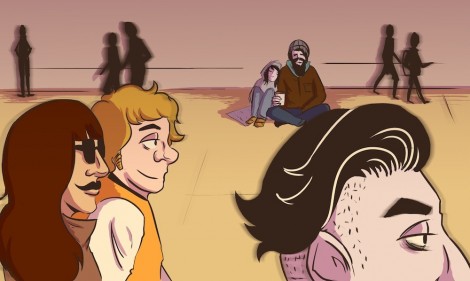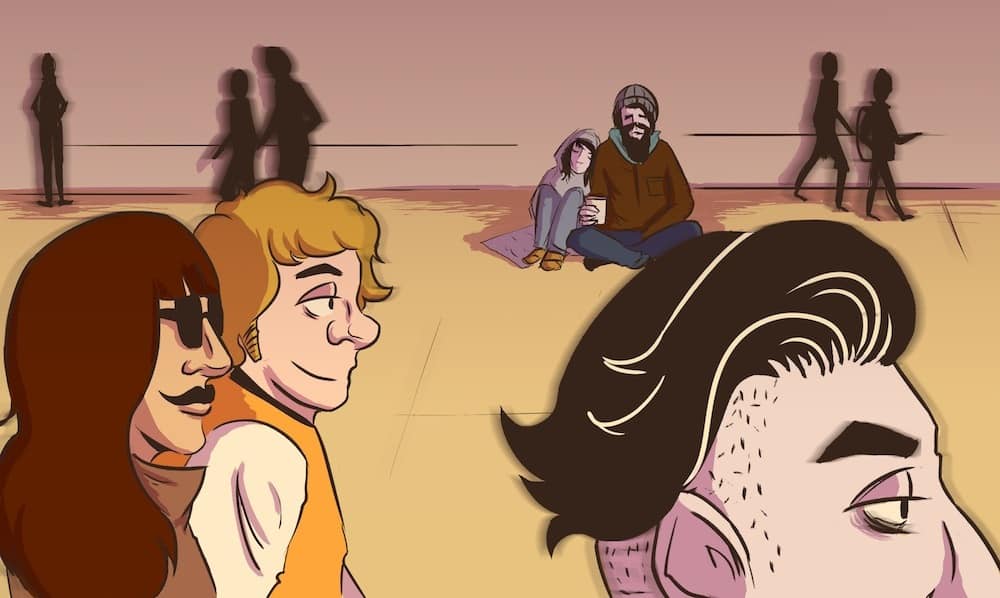As winter approaches, more of Toronto’s homeless are looking for protection from the cold, and the University of Toronto, with its large downtown campus and plenty of public facilities, provides shelter for many.

JULIEN BALBONTIN/THE VARSITY
According to a 2013 Street Needs Assessment, Toronto’s homeless population is over 5,000, an increase from previous reports. The increase in the number of homeless people sleeping outdoors is particularly concerning for city officials, with a 24 per cent increase from 2009.
U of T’s St. George campus has over 15 million square feet of public facilities and 180 acres of land in the downtown core. As a result, homeless people have always been around the campus. Yana Langhammer, a library technician at Robarts Library, notes that this is not new. “I started working here in 1975, and I’ve always seen them around campus…I’ve seen numerous homeless people in Robarts using the facility,” she says. Other frequented areas include Sidney Smith Hall and Hart House.
Emma Arppe-Robertson, executive assistant to the warden’s office at Hart House, outlined the facility’s policy on homelessness. “We welcome visitors from the community to share in our free events and to enjoy our common, public spaces…[but] we expect everyone in the House to respect the rules of the House,” she said.
Scott Mabury, vice-president, university operations, explained that this practice applied generally to all U of T facilities, stating on the matter that,“there is no university policy; there is no hard and universal rule.”
“The only time that we would ever ask anyone to leave a building is when there are interruptions of academic activities or the situation is determined that there is some sort of personal or community threat…If none of those are happening, we move on.”
In addition to allowing them to keep warm in university facilities, U of T tries to help the homeless in other ways. Mabury highlights the Campus Police initiative wherein special constables “make every effort to locate and assist homeless persons on campus, and provide information on the closest available resources…If the person refuses help, we notify the appropriate assistance to them.” Many of these agencies exist on campus, including the Newman Centre, which runs a monthly, student-led street patrol which provides homeless people on campus with warm clothes and food.
Langhammer suggests that the university do more for homeless people on campus, such as directly linking them to housing sources, so that they do not have to be outdoors. Munib Sajjad, president of the University of Toronto Students’ Union, believes that the university’s actions towards homeless people can influence larger decisions. “We should encourage the university to be proactive when addressing poverty and homelessness within the city,” he says.
Regardless of the criticisms, Mabury believes that homelessness is not becoming a more pressing issue for U of T. “My radar is full of stuff, but this isn’t one of them, [and] the numbers show there is no year over year increase in homelessness on campus.”


